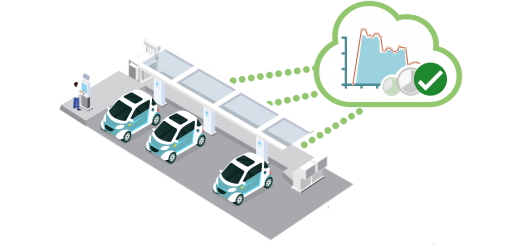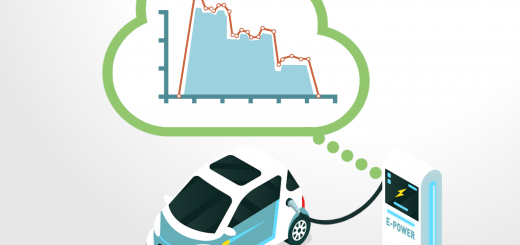SaaS is short for “Software as a Service”. It describes a kind of providing software on (not via) the internet and the corresponding licensing.
Unlike on-premise delivery, in which the user installs the software locally or on the user’s server-center, SaaS just requires a unique URL or a unique login to access “the user’s” platform.
All users share their infrastructure and always use the same version of the software.
A provider has the following advantages:
- lower costs due to shared infrastructure
- centralized and simple delivery
- monitoring and analysis of user-behavior, terms-of-licence, and other items.
- Leveraging powerful cloud-solutions like Amazon Web Services (AWS), which provide hundreds of premade components which can be combined.
On the other hand there are disadvantages for the user, which can be more or less relevant depending on the application:
- No data sovereignty
- Depending on a cloud-provider
- Not possible to run in edge-computing, which is important in the context of IoT and energy due to decentralization and redundancy.
- No access to low-level resources like network or database for maintenance or monitoring.
- no or very limited integration into the user’s IT-landscape.
There is a solution for b2b applications which do not handle hundreds of thousands individual users, but only a few “big” clients: The delivery of exclusive software-instances in an shared-nothing architecture within the cloud or on-premise. This is the way we chose for Gridware. We combine this with independence from concrete cloud-providers. This way we hope to combine the best of all options and still offer the choice:
- SaaS in a Virtual Private Cloud (VPC).
- On-Premise in the customer’s Data-Center.
- Edge-Computing based on docker-images.



